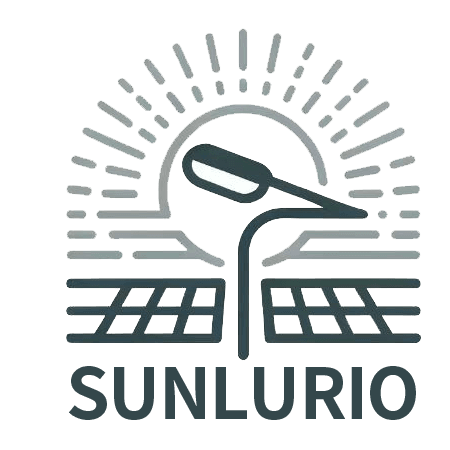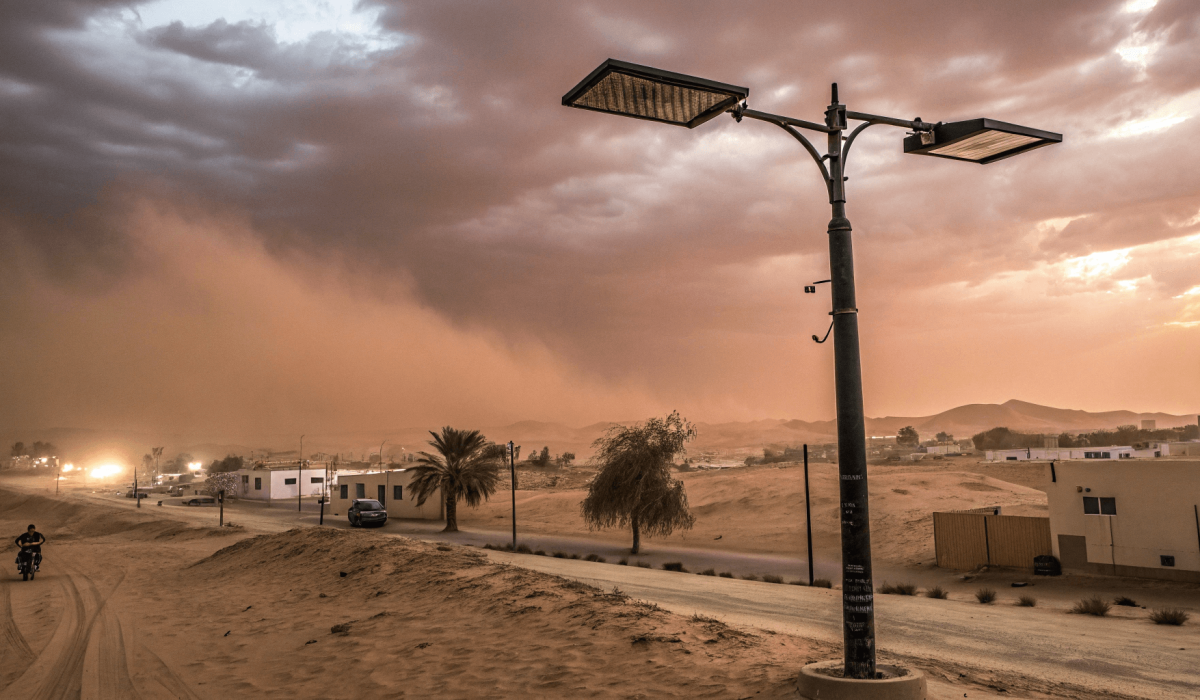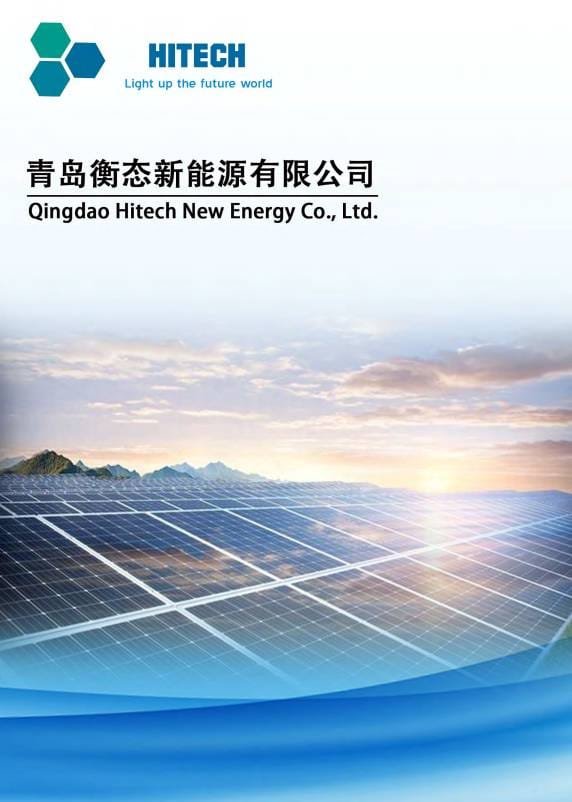Solar street lights can fail quickly in West Africa if not chosen wisely.
To survive extreme heat, humidity, and heavy rains, solar street lights must be durable, efficient, and climate-optimized. Here's how to pick the right system.
West Africa’s climate isn’t easy on electronics. From dust storms in the Sahel to tropical rains in coastal cities, solar lighting systems face some of the world’s toughest weather. Let’s walk through the key features and decisions you need to get right.
Understand the Local Climate Conditions?
Most solar lights are not built for West Africa’s unique mix of heat, rain, and dust.
You must know how high temperatures, seasonal rain, coastal humidity, and Sahel dust storms affect each component of the system.
🌍 Common West African Climate Challenges
| Region | Condition | Impact on Solar Systems |
|---|---|---|
| Sahel (Niger, Mali) | Dust storms | Clogs panels, damages moving parts |
| Coastal (Ghana, Nigeria) | High humidity & salt | Corrosion of metal parts, condensation inside housing |
| Inland Tropics (Togo, Uganda) | Heavy seasonal rain | Floods circuits, causes rust |
| Across region | 40–45°C+ heat | Weakens batteries, causes expansion |
These environmental pressures can cause solar panels to lose efficiency, batteries to overheat, or lights to short-circuit. For example, one of our clients in northern Ghana saw early battery failures due to using low-grade lead-acid systems under intense heat.
Choose a Battery Designed for High Temperatures?

Most lighting failures start with battery problems—especially under hot, humid conditions.
Use LiFePO4 or high-quality lithium-ion batteries, which offer better heat resistance, longer life, and deeper discharge capacity than lead-acid.
🔋 Battery Comparison Table
| Battery Type | Heat Tolerance | Cycle Life | Depth of Discharge | Lifespan |
|---|---|---|---|---|
| LiFePO4 | Excellent (up to 60°C) | 2000+ | 80–90% | 5–8 years |
| Lithium-ion | Good | 1500+ | 70–80% | 3–5 years |
| Lead-acid | Poor (overheats above 35°C) | 500–800 | 50–60% | 1–3 years |
Look for a Battery Management System (BMS) that prevents overcharging and overheating. In my experience, when we switched one client’s setup in Senegal from lead-acid to LiFePO4, the maintenance cost dropped by half in just 18 months.
Go for Weatherproof and Dustproof Design (IP65 or Higher)?
If your lights can’t handle rain, dust, and bugs, they won’t last one rainy season.
Select a product with at least an IP65 rating to ensure resistance to water, dust, and insects. Higher ratings like IP66–67 are better in exposed areas.
🛡 IP Rating Breakdown
| IP Rating | Protection Level | Ideal For |
|---|---|---|
| IP65 | Dust tight, water jets | General outdoor use |
| IP66 | Dust tight, heavy rain & storms | Coastal areas |
| IP67 | Temporary immersion (waterproof) | Flood-prone zones |
Also ask about:
- Anti-corrosion coatings (especially for coastal zones)
- Rust-proof bolts and brackets
- Sealed connectors and waterproof gaskets
I’ve seen lights installed near Tema port in Ghana fail within 6 months due to rusted brackets and insect ingress—just because the IP rating was low and the casing wasn’t sealed.
Select a Solar Panel with High Conversion Efficiency?

Your solar panel needs to charge fully even on cloudy or dusty days.
Use high-efficiency monocrystalline panels with proper tilt angles and self-cleaning rain run-off design.
☀️ Solar Panel Choices for Hot Climates
| Panel Type | Efficiency | Heat Tolerance | Best Use Case |
|---|---|---|---|
| Monocrystalline | 18–22% | Excellent | All regions |
| Polycrystalline | 14–18% | Good | Low-budget, sunny inland |
| Thin-film | <14% | Poor | Not recommended |
Key considerations:
- Tilt angle: Should match local latitude for optimal exposure.
- Anti-reflective coating: Improves output in dusty conditions.
- Frame quality: Anodized aluminum preferred to avoid corrosion.
At Sunlurio, we adjust panel tilt for different customer locations across West Africa—from 10° near the Equator to 25° in the Sahel—to capture sunlight more effectively.
Prioritize Smart Lighting Features with Energy Management?
Smart controls aren’t just fancy—they keep the lights on longer when sunlight is limited.
Motion sensors, dimming, and adaptive brightness help extend battery life and ensure lights work through cloudy days.
💡 Useful Smart Features
| Feature | Purpose | Benefit |
|---|---|---|
| PIR motion sensor | Brightens when people/vehicles nearby | Saves power during low traffic |
| Dimming schedule | Low brightness at certain hours | Reduces energy use at night |
| Adaptive control | Adjusts output based on battery | Prevents blackouts during rain |
We recently installed motion-sensing solar lights in a small town in Togo—battery autonomy increased by 30% simply by dimming lights after midnight.
Evaluate Battery and Lighting Autonomy?

One cloudy week shouldn’t turn your lights off.
Choose systems with at least 3–5 days of autonomy. That means the lights will still work without charging for several days.
🔋 Autonomy Guidelines
| Location Type | Minimum Autonomy | Why It Matters |
|---|---|---|
| Urban Main Roads | 2–3 days | Light traffic, regular sun |
| Rural Areas | 3–5 days | Irregular sun, longer nights |
| Coastal/Tropical | 4–6 days | Frequent cloudy/rainy periods |
Make sure the supplier provides battery specs and autonomy test reports. It’s not enough to say “5 days”—ask how it’s tested and at what brightness settings.
Consider Anti-Theft and Vandalism Protection?
Stolen panels or broken batteries mean money lost and streets dark again.
Go for integrated designs, tamper-proof screws, and secured pole mounts to prevent theft or damage.
🔐 Key Design Tips
| Feature | Why It Helps |
|---|---|
| All-in-one design | Fewer parts exposed, hard to steal |
| High mounting point | Harder to reach or tamper |
| Secure enclosures | Protects battery/controller |
| Tamper-proof screws | Prevents easy access |
One local government in Nigeria saved $12,000 by switching to an integrated design with anti-theft mounts after repeated panel thefts in remote schools.
Ask for Wind Resistance Specs?
West Africa's open plains and coastal winds can knock over poorly designed poles.
Ask for wind load resistance—ideally 100–120 km/h—for both poles and fixtures.
🌬 Wind Risk Zones
| Area Type | Wind Speed Risk | Recommendation |
|---|---|---|
| Coastal zones | 100+ km/h gusts | Use galvanized steel poles |
| Sahel open plains | 90–110 km/h | Use anchor bolts + wide bases |
| Urban areas | Shielded | Lower spec acceptable |
Ask if the poles meet EN40 or similar international standards. At Sunlurio, we often reinforce pole bases with double-flange plates for coastal clients.
Ensure the Supplier Offers Reliable After-Sales Support?
If your system breaks, will someone pick up the phone?
Work with suppliers who offer remote support, spare parts availability, and local partnerships if possible.
🛠 What to Ask the Supplier
- Do you have WhatsApp or 24/7 support?
- Can you send replacement parts quickly?
- Is there a local contact in West Africa?
We’ve had great success supporting clients across Ghana, Nigeria, and Togo by stocking spares in our regional warehouse and answering tech questions in real time.
Work with a Manufacturer Experienced in African Projects?

Not all Chinese manufacturers understand West Africa’s challenges.
Look for companies with proven track records, case studies, and customization experience for African markets.
✅ Vetting the Right Supplier
| What to Check | Why It’s Important |
|---|---|
| African case studies | Shows experience in similar climates |
| Customization ability | Adjusts to your project needs |
| In-house production | Better control over quality and timing |
| Export certifications | Speeds up customs and compliance |
At Sunlurio, we’ve delivered street light projects across Togo, Nigeria, and Senegal. We know the local conditions, speak your language, and tailor every product to match your site’s real-world needs.
Conclusion
Choosing the right solar street light for West Africa means more than just picking the cheapest option. You need:
- Heat-resistant batteries
- Weatherproof, anti-rust design
- Smart features for energy savings
- Wind and theft resistance
- Long autonomy
- Support you can count on
Start with this checklist to avoid costly replacements and make your project last for years to come.


